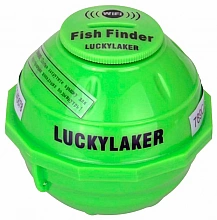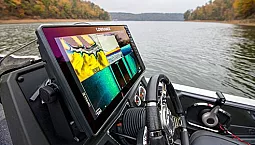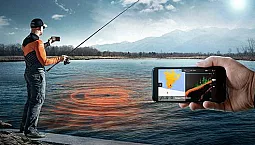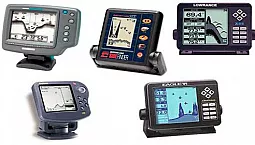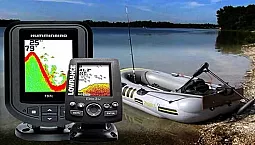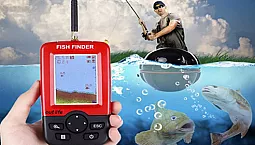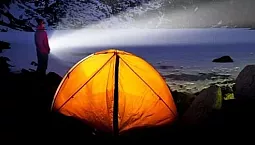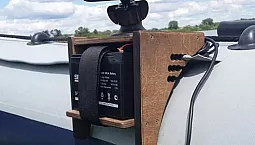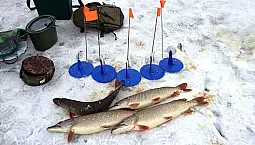1. Number of beams
How many beams does an echo sounder use?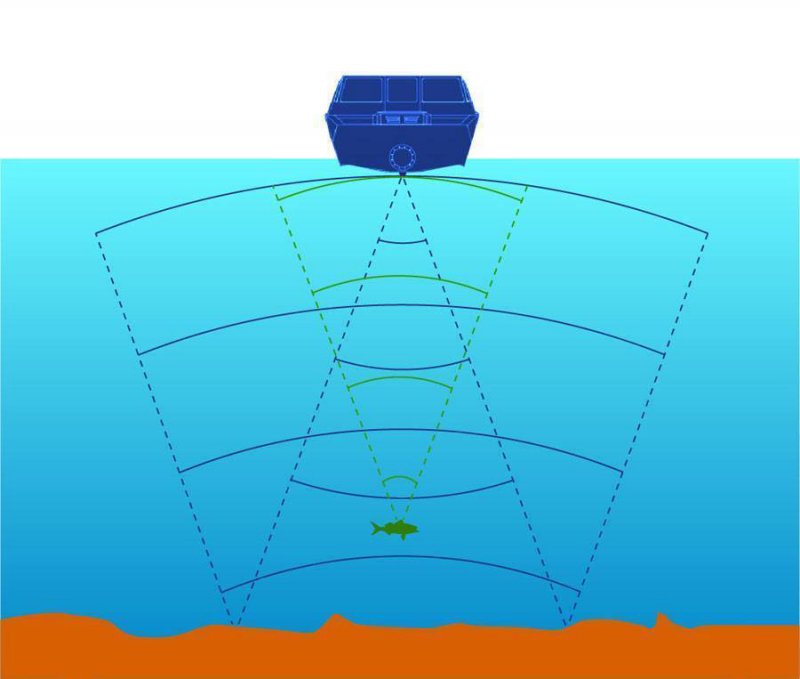
A real echo sounder has nothing to do with a regular video camera. It scans space with a sound beam. The signal is sent into the depths, collides with an obstacle, and returns to the source. The received information is analyzed and information is displayed on the screen. Accordingly, in order to get a more voluminous picture, that is, to scan more space, several rays are needed. In addition, their number affects the clarity and reliability of the image. Often, the echo sounder cannot distinguish between a stone and a fish standing still, so the best option is the one with the most of these very rays.
In our case, the Lawrence device becomes the record holder. It uses 3 active beams with different frequencies. The echo sounder from Dipper is a little more modest, with 2 beams, and the other three nominees use only one beam. Here it is worth mentioning that the number of rays is not a panacea, otherwise our comparison would consist of only one nomination. There are a number of other parameters that are no less important for the information content of the echo sounder.
2. Viewing angle
How many degrees does the echo sounder see around it?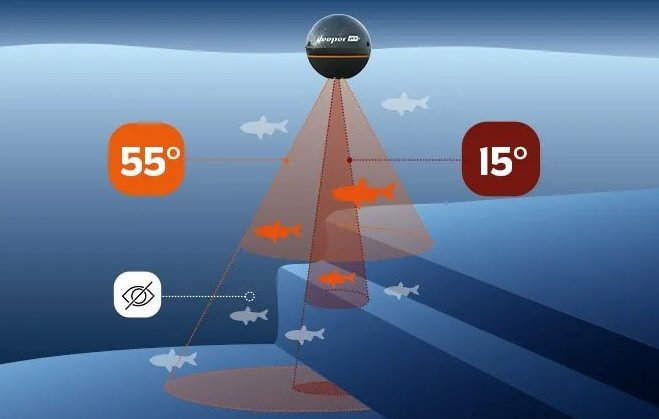
In order for fishing to be as effective as possible, it is necessary to inspect most of the water area. Each echo sounder has its own viewing angle. It is formed by rays.Each beam has its own angle, and together they give the same view.
One beam can have a viewing angle of more than 180 degrees, but you have to sacrifice image clarity. The principle of operation of echo sounders is that the wider the beam, the less information it processes.
This parameter has a direct correlation with the number of rays. For example, Lawrence and Dipper's three-beam and two-beam fish finders have a combined field of view of 48⁰ and 70⁰, respectively. At the same time, the Chinese Lucky looks around as much as 90⁰ around him. The models from Garmin and Praktik see a little less, 45 degrees each. But the best option is exactly Lawrence, although he has the smallest viewing angle. The fact is that each beam has its own scanning frequency. The higher it is, the sharper the picture. Each subsequent beam has a lower frequency but a larger angle. Accordingly, we get the clearest picture directly under the echo sounder float, and everything on the side is also displayed, but not so clearly. Be that as it may, I want the review to be maximum, and in our case it is given by Lucky, although his picture will be the most uninformative and with errors.
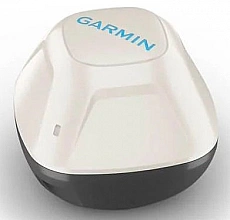
Garmin Striker Cast
Best quality
3. Scanning range
How far can the echo sounder see?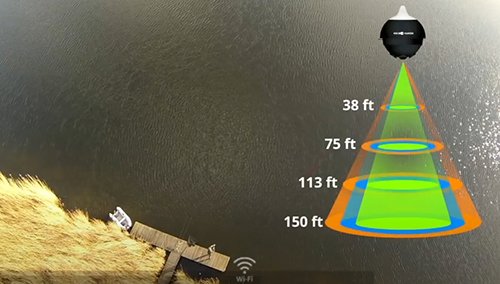
Each echo sounder has such a parameter as the scanning range. The thing is quite conditional, as it depends on a number of factors.For example, the viewing range in salt water and fresh water is different for the same device. In salt water, it will be less. We also note that many Chinese brands are very fond of overestimating this parameter, thereby attracting inexperienced buyers. In fact, if your fishing is on the river, you are unlikely to encounter depths of more than 5 meters.
The scanning range is relevant for devices with a horizontal orientation. There it allows you to see a greater distance in front of or behind the transducer. But in the case of float models, we have exactly the depth, since all the rays are directed strictly down. Accordingly, if you are fishing on a lake or a small river, then you simply do not need a hundred meters of range.
The winner in this nomination is the device from Dipper. It has a depth of 80 meters. Moreover, the gap with the closest competitor is very significant. Lawrence already has 55 meters, and Garmin and Lucky - 5 meters less. And the weakest nominee in this regard is Praktik with 25 meters. Note that to increase the viewing range, power is needed. In order for the hertz of the beam to remain the same, it is necessary to equip the echo sounder with additional modules. All this leaves an imprint on its final cost.
4. Frequency
At what frequency does the echo sounder scan?One of the most important parameters of the echo sounder, showing how clear the picture we will get. It is measured in kilohertz and it is on it that you need to pay attention in the first place. Small hertz will give the clearest picture, but it will have a very small radius. That is, there is a direct relationship with the number of rays and the viewing angle.In our comparison, there is a leader in one of these nominations, an echo sounder from Lawrence, using his example and consider this parameter:
Ray | Viewing angle | Frequency (kHz) |
1 | 12⁰ | 675 |
2 | 16⁰ | 475 |
3 | 20⁰ | 381 |
We see that the higher the frequency of the beam, the smaller its viewing angle. Schematically, this can be depicted as a Christmas tree, or nesting doll, where each new level is larger, but less detailed. The two-beam echo sounder Dipper has the same story. The angle of the first beam is only 15 degrees, while its frequency is 290. The second one has 55⁰, and the hertz is already three times less. With single beam models, the situation is simpler. Nothing needs to be summed up. Garmin has 455 kilohertz frequency and 45⁰ view. The practitioner is slightly inferior in both directions, he has 250 frequencies and 35⁰. And the weakest is Lucky with 125 kilohertz, but the widest beam. Simply put, because of its hertz, the Lucky sonar will give the most extensive picture, but it will clearly lack detail. In some cases, the device will either not notice objects under water, or vice versa, give false positives.
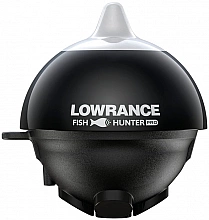
Lowrance FishHunter PRO
Maximum number of beams
5. Temperature Range
At what temperature will the echo sounder operate normally?Any electronics is very sensitive to high and low temperatures. Severe overheating or cooling can easily disable it. And if you have winter fishing planned or you live in the south, where 40 degrees above zero are the norm? It is very important to look at this parameter when choosing.The price-quality ratio, among other things, depends on how long the device will last.
Our winner is Garmin with a range of -20 to +60 degrees. The most resistant gadget that is not afraid of either heat or cold. Second place is shared by Practician and Dipper. They operate in the range -20...+40. Also good and suitable for most regions. Here we will place the device from Lawrence. Above zero, it holds 5⁰ less, but with negative values it is able to function at -30. But with the echo sounder from Lucky, everything is more complicated. The manufacturer simply did not specify this parameter for unknown reasons. It is neither in the description nor in the annotation. Apparently, he was not considered very important, but based on some other characteristics, we will take the liberty of assuming that this parameter will be the lowest among all the nominees.
6. Signal reception range
How far can the boat be from the float?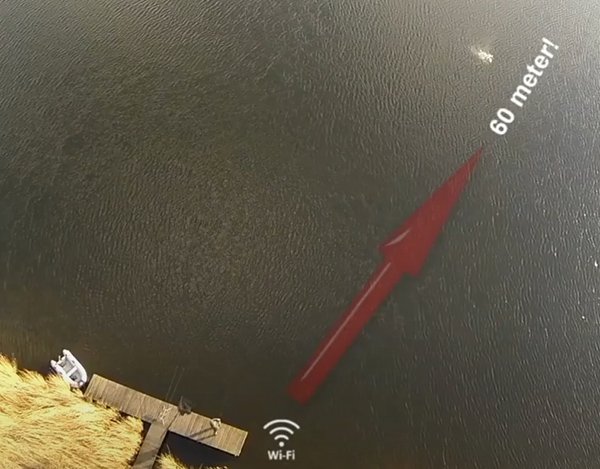
Since our comparison is for float-type echo sounders, the connection range is very important for them. All models are paired wirelessly, but the range is different for everyone. If you are fishing for zander or other wary predator, it is very important that the boat stays out of sight of the future trophy.
There are two winners in the nomination at once: these are echo sounders from Praktik and Dipper. The first works at a distance of up to 90 meters, and the second - at 80 meters. Garmin and Lawrence are tied for second place, both with 60 meters. And Lucky is 10 meters behind them. Note that this is the maximum distance of the float from the boat. Here it should be understood that communication takes place via Wi-Fi, that is, the farther you are from the signal source, the worse it is.This parameter is rather advisory and ideally it is better to be at about 10-20 meters, but if your float is blown away by the current or you decide to drive off a little, then this value will already make sense.
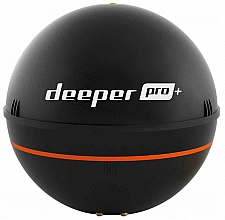
Deeper Smart Sonar PRO+
Better connection
7. Size and weight
What are the dimensions of the device?The float type echo sounder is a portable device. It does not need to be mounted on a boat, which means it is very important that the gadget is light and small. In addition, a large balberka floating in the water can scare away some predators, thereby nullifying all fishing. The most compact among our nominees is the device from Garmin. It weighs only 75 grams and measures 60 centimeters on each side. The device from Laker is in second place. Its weight is 80 grams, and its size is 70 centimeters.
Dipper and The Practice are tied for third place. The first weighs 100 grams, and the second weighs 10 grams more. The size of both floats is the same, 75 centimeters on each side. And Lawrence becomes the most bulky and heavy with his 155 grams and 95 centimeters. However, this ratio is easy to explain. Lawrence's fish finder is the best in terms of frequency and number of beams, which means it has more working electronics, which not only create weight, but also require space to fit.
8. Informativeness and opportunities
What opportunities does the software provide?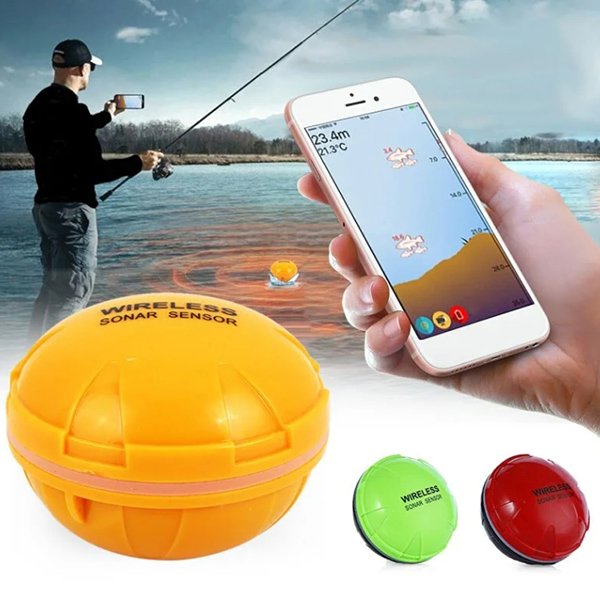
Our comparison includes gadgets that do not have their own screen.They are paired with a smartphone or tablet wirelessly, and information is transmitted using a downloadable application. Unlike stationary models that are mounted on a boat, it is very important here that the software, that is, the software, be as elaborate and convenient as possible. It should also be informative so that we can get as much information as possible and, if necessary, filter it. The best software option for the Praktik echo sounder. It is well thought out and comfortable. Everything is in its place and there are many interface settings. Second place will be given to market leaders Garmin, Lawrence and Dipper. They also have convenient applications, but in terms of content they are slightly inferior to the leader. And Lucky has the most primitive software. It is more like a cheap mobile toy. Colorful, cheerful, but with a minimum of settings and features.
Also important is how much information the application gives. For example, all models are able to determine the temperature, the speed of movement, if any, and the Practitioner even shows how fast the found fish is moving. Also, the echo sounder from Praktik can draw maps and memorize waypoints. These options are more common in stationary, expensive models. Moreover, you can safely refuse these options by turning them off in the settings.
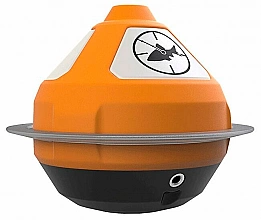
Practitioner 7 WI-FI
Best Software
9. Price
How much do echo sounders cost?Price-quality ratio is very difficult to achieve.When lowering the price tag, you inevitably have to sacrifice something, as they did with Lucky. This is the cheapest gadget, costing only 6 thousand rubles. But at the same time, it is the least informative and of high quality. Garmin, Lawrence and Praktik are in the same range. Their price is about 12 thousand, which is twice as high as that of Lucky, as well as technical capabilities. And the most expensive is the device from Dipper. It costs more than 15,000 rubles.
Since the manufacturer of Lucky comes from China, it is very widely represented on the Aliexpress site, and there is a real opportunity to save on purchases. True, there may be problems with the software if it is not translated into Russian.
It turns out that the best options in the price-quality category are devices from Garmin and Lawrence. In principle, this is not surprising. Manufacturers are market leaders who have been producing a variety of echo sounders for a long time, including professional ones. Dipper is inferior to them in popularity, but it specializes competitively in float models. But Practitioner and Lucky have the most budget models. If your fishing does not require a complex navigation and echo sounding system, then it is quite possible to get by with their budget options.
10. Comparison results
Best sonar by average score across all comparison criteriaAs you can see, the nominees come with a minimal gap, and two gadgets, Garmin and Lawrence, share the second place at once. However, it is not surprising. If you look at any rating of echo sounders, then the places in them will be distributed in approximately the same way. Dipper's victory in this case is due to the fact that the company specializes in the production of float models.Her entire catalog consists of such echo sounders and there are no stationary complex instruments for navigation in it.
But if you need the most informative device that performs the function of not only an echo sounder, but also a navigator, then this is for Practitioner. Throughout the comparison, he confidently took second place, only slightly losing to the market leaders. Lucky also makes sense to consider, especially if you want to save money. This is the cheapest echo sounder and in terms of content, it would fall into the last place in the rating. On the other hand, if fishing takes place on a familiar river or lake, then you simply won’t need the bells and whistles of Garmin, as well as the scanning range. Lucky does an excellent job with its main task - looking for a cluster of fish under water. Yes, it won't tell zander from pike and won't be able to scan the type of soil, but ask yourself, how often do you need this kind of information? If not, then overpaying for a more expensive fancy gadget does not make any sense.
Model | Total score | Number of wins by criteria | Winner in nominations |
Deeper Smart Sonar PRO+ | 4.22 | 3/9 | Scanning range; Frequency; Signal reception range. |
Lowrance FishHunter PRO | 4.11 | 2/9 | Number of beams; Frequency. |
Garmin Striker Cast without GPS | 4.11 | 3/9 | Scanning range; Temperature Range; Size and weight. |
Practitioner 7 WI-FI | 3.89 | 1/9 | Informativeness. |
LUCKY FF916 LUCKYLAKER | 3.56 | 2/9 | viewing angle; Price. |
